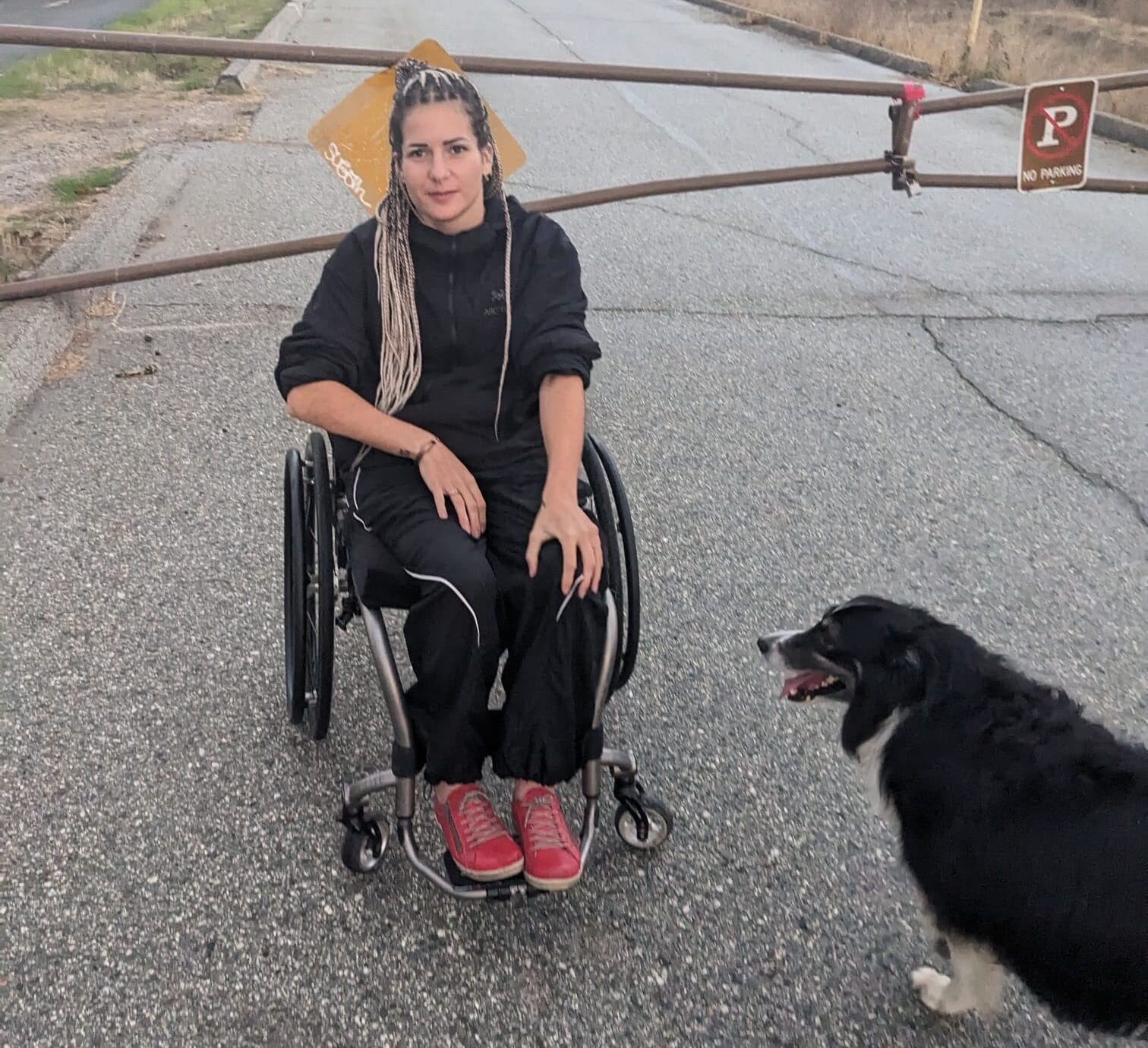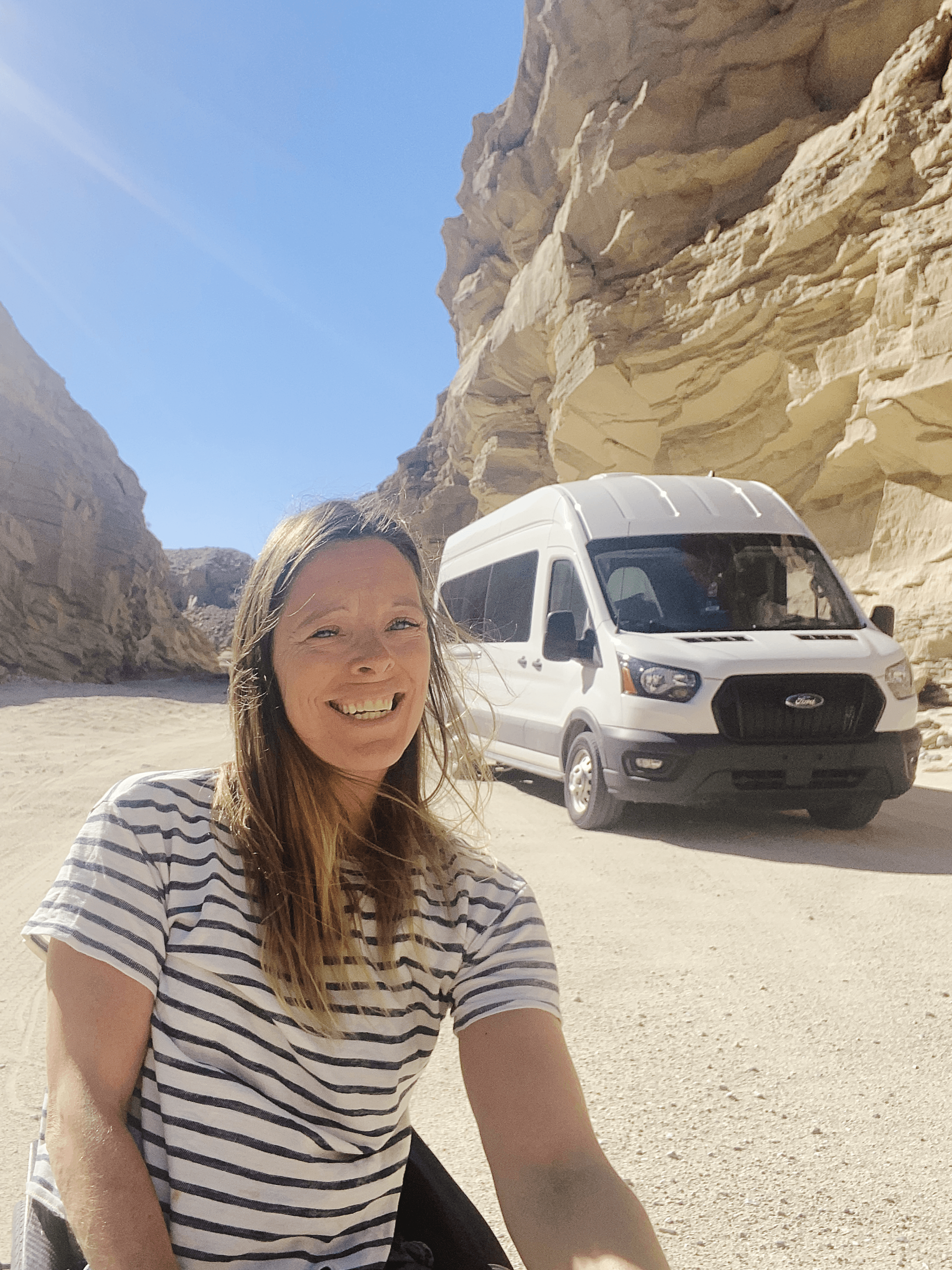SCI BC’s Information Resource Specialist, Heather Lamb, recently attended and spoke at the Active Transportation Summit in New Westminster. She was impressed by the conference’s attention to accessibility and urges others to follow suit. Here are her thoughts on the event.
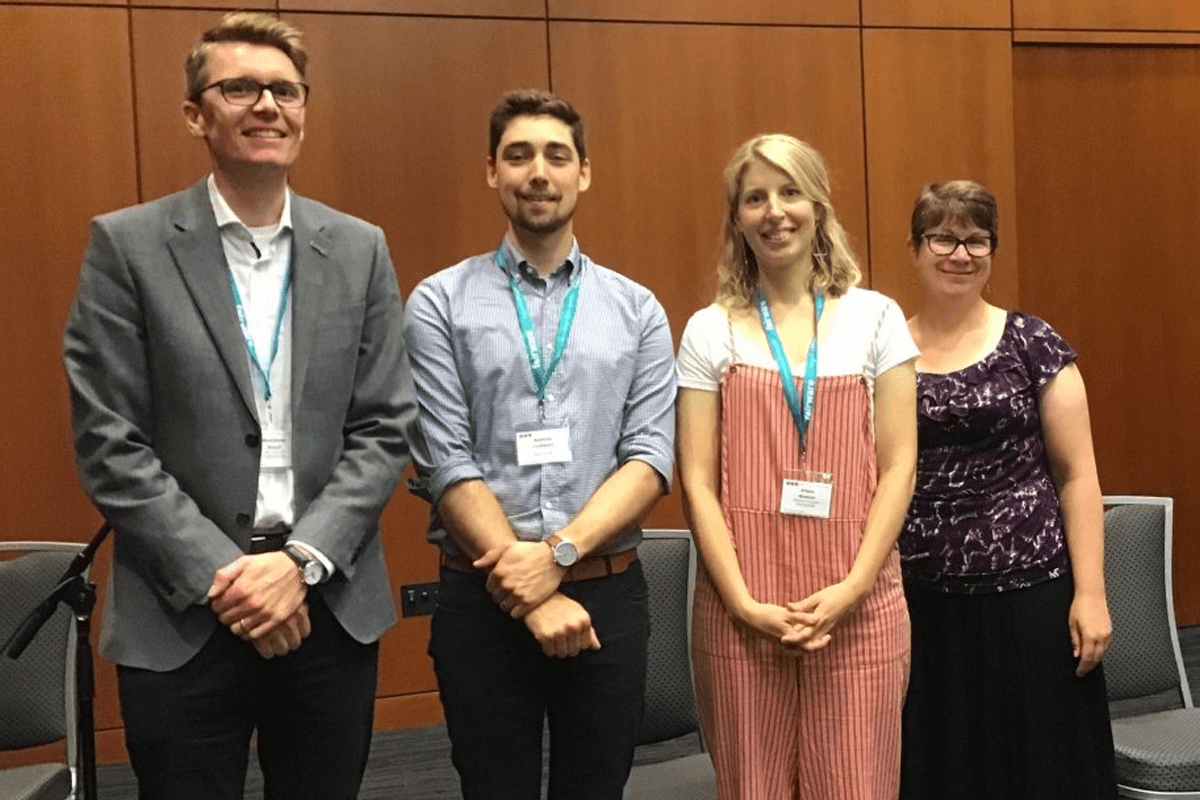
I’ve attended a lot of conferences and workshops over the years. As a visually impaired person, I am used to, if not happy about, walking into unmarked glass doors, getting lost, being unable to read conference programs, etc. I also always check out the elevator access, “accessible” washrooms, and other amenities, whether or not my co-workers who are wheelchair users are with me. Sometimes I have to laugh or shake my head at what I find because no other response to the lack of access would be appropriate.
The Active Transportation Summit was different. Disabled presenters were actively sought out by the organizers and each attendee received a detailed information package ahead of time, outlining all aspects of accessibility at the venue, hotels and nearby transportation. The venue wasn’t universally designed, but having comprehensive information ahead of time meant that people could plan ahead and make choices to meet individual needs.
Gabrielle Peters, the conference’s Director of Summit Community Engagement and Accessibility, deserves a big thank you for the incredible amount of work that went into ensuring the summit would be as accessible as possible to as many people as possible. Fighting for accessibility can be exhausting, but the hard work pays off when a diverse range of people can attend and lend their voices, energies and perspectives to creating new active transportation policies and programs that meet everyone’s needs.
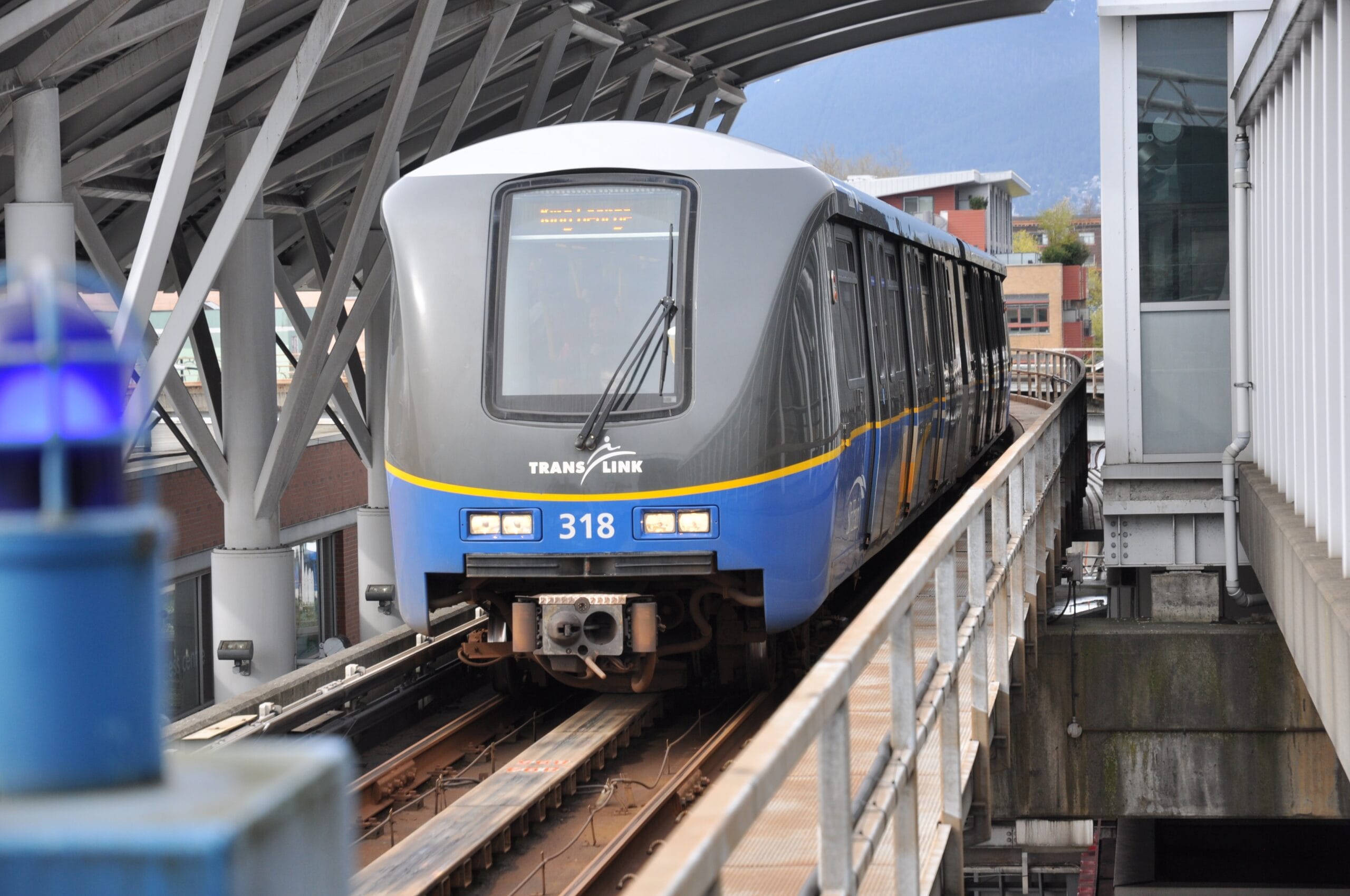
Attendees represented a range of issues, whether from a personal or professional perspective, including disabilities (of all types), seniors, governments (all levels), transportation, recreation and more.
Presentations covered a wide range of topics around active transportation (human-powered movement, whether for recreation or commuting) and transit. Many topics focused on accessibility and disability in a positive way that I have never seen before at any conference.
My presentation, titled “Transportation for Everyone”, was part of a panel discussion about rural transit and active transportation options. I highlighted the importance of not assuming that new programs and services will be accessible because, sadly, that isn’t true yet. I used examples from Northern BC to showcase this, including the BC Bus North, a service to partially replace Greyhound service that is government funded and not wheelchair accessible.
I argued that in 2019 we should not be having a discussion about whether or not a new service should be accessible, especially when it is government funded. I provided a short list of recommendations to help ensure this doesn’t happen again and also pointed out the importance of including accessible parking in all active transportation planning. I had a positive response from the audience, with a number of people seeking me out afterward to thank me for pointing out the obvious deficiencies and how to move forward so that everyone can access the bus.
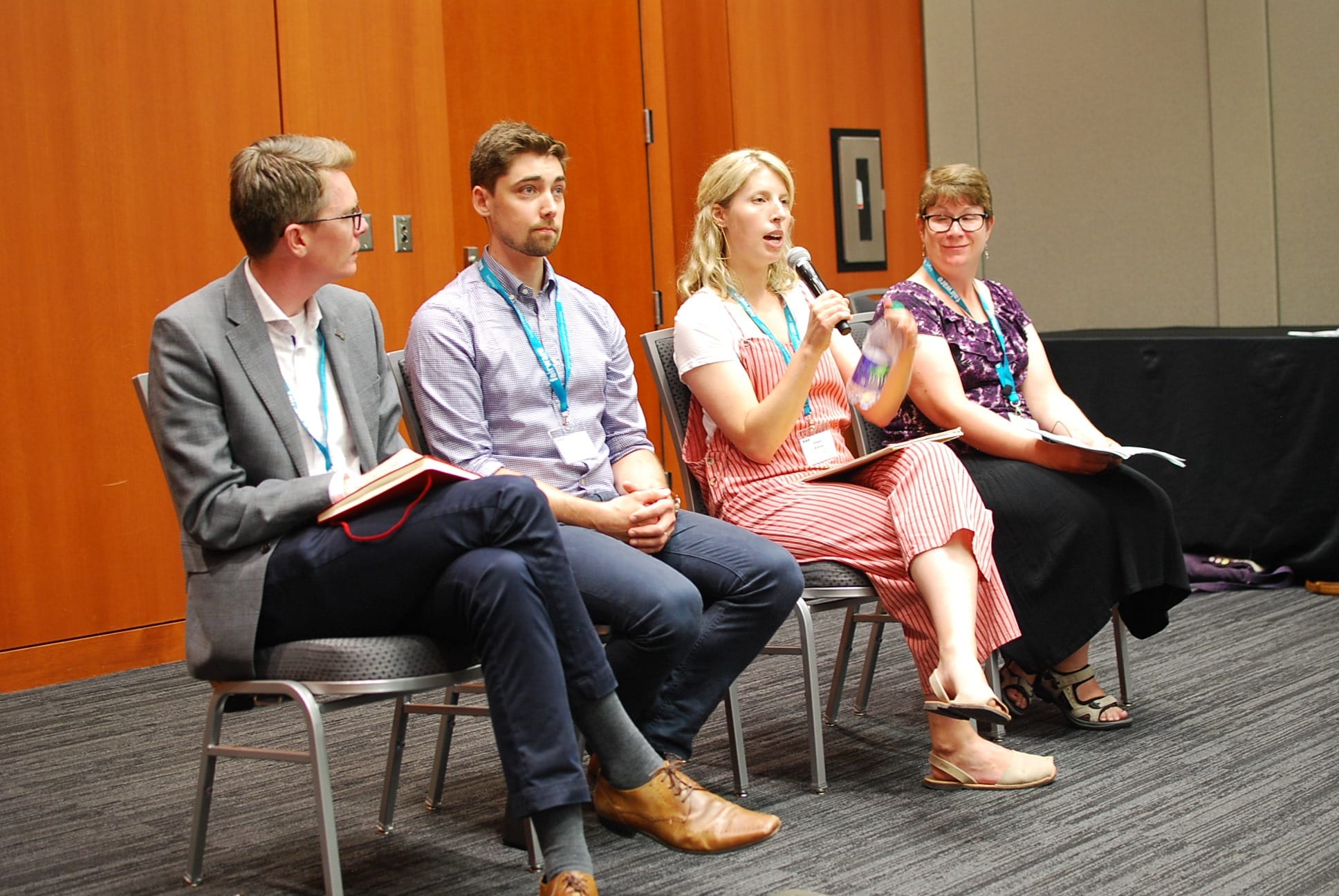
Spending two days hearing about and discussing accessible active transportation was a breath of fresh air for me. It was delightful to have lunch or coffee with people who truly understand accessibility and to share my knowledge with planners and government staff who made a genuine effort to learn from attendees. Themes in the presentations were fairly consistent and included making sure that all new programs and infrastructure includes the perspective of people with disabilities from the beginning of the process— not as a check box at the end of the planning—as well as the essential idea that planning focused on people with disabilities means everyone else will have access.
The BC Government released its Active Transportation Design Guide at the conference. Based on community consultations around the province, the guide is comprehensive and includes many aspects of universal design.
